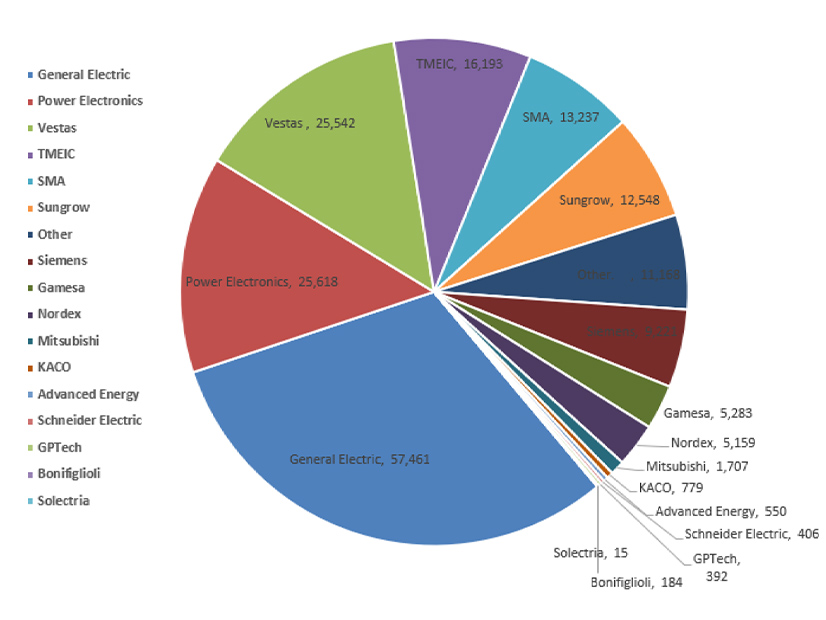FERC on April 4 gave MISO the go-ahead to set its value of lost load (VOLL) at $10,000/MWh by early fall, nearly three times as high as the current $3,500/MWh value (ER25-579).
The new VOLL can take effect Sept. 30, FERC said. It would be used as a price cap for locational marginal prices and market clearing prices during load-shedding events.
In the same order, FERC also greenlit changes to MISO’s operating reserve demand curve (ORDC), which establishes shortage pricing and is linked to the VOLL.
Though it can implement the $10,000 VOLL in load shedding, MISO proposed its ORDC peak at a lower, $6,000 VOLL and stay there until about 50% of cleared operating reserves materialize. From there, the curve will slope downward until MISO can confirm more than 80% of cleared operating reserves, at which point the curve becomes two steps: $1,100/MWh until 88% of reserves show up, and $600/MWh until 100%.
MISO’s current curve sits mostly at $1,100/MWh and $2,100/MWh across two large, flat steps before it tops out at $3,500/MWh.
The commission decided it was appropriate that MISO be allowed to use two VOLLs, one to set the ORDC and one to estimate the financial blow of shedding load across all customer classes. It said the higher VOLL and more nuanced ORDC “will give market participants efficient financial incentives to respond to scarcity and shortage conditions and act in ways that support system reliability in MISO by either increasing supply or reducing demand.”
MISO proposed the steeper VOLL at the beginning of 2024; staff said the too-modest $3,500/MWh was set in 2007 and is outdated, no longer reflecting the threshold of customers’ willingness to pay. (See MISO to Limit Use of $10K VOLL During Long-duration Outages.)
MISO’s Chuck Hansen has said in stakeholder meetings that $10,000/MWh is “a low-end estimate of the negative financial impacts associated with MISO-directed firm load shedding.” He pointed out that MISO has only directed load shedding once in the past 17 years, ordering about 700 MW offline in MISO South during February 2021’s Winter Storm Uri.
While explaining MISO’s filing to the Market Subcommittee in August 2024, Hansen said MISO “qualitatively” expects the higher scarcity price ceiling to make loss-of-load events rarer and shorter lived, as members are motivated to reduce consumption. He likened a higher VOLL to police using tickets to deter speeding.
“If the speeding ticket is $2, who cares? If the speeding ticket is $200, well, that’s different. It needs to be high enough that some demand does not want to pay that much,” Hansen said.
The commission dismissed Cooperative Energy’s criticism that MISO’s capacity auction already delivers revenues that incent new generation builds. The Mississippi cooperative said a higher VOLL would “add a reactive and punitive component to the market design.”
FERC countered that the VOLL is a needed indicator of when to build.
“While an appropriate VOLL does guide investment and retirement decisions in the long term, we emphasize that shortage price signals in the day-ahead and real-time markets, which are developed through the VOLL and ORDC, are also near-term signals to incent real-time actions by generation and demand resources during [or before] the operating day … to avoid potential shortage conditions,” FERC said.
Finally, FERC said the so-called “circuit breaker” that MISO worked into its VOLL design should assuage Cooperative’s fears that the higher value could bankrupt utilities and strain customers’ pocketbooks. The circuit breaker refers to MISO sequentially lowering VOLL during extended load-shedding events.
MISO plans to cut the VOLL in half to $5,000/MWh after four hours of firm load shedding during a maximum generation emergency. When active load-shedding measures are not lifted in time for MISO’s 10:30 a.m. ET day-ahead market closing, the RTO will extend the lower, $5,000/MWh VOLL into the next operating day. For load shedding that continues into a second day and beyond, MISO will slash its day-ahead and real-time VOLL to $2,000/MWh for successive operating days.
The $2,000/MWh step can continue indefinitely until the maximum generation emergency is terminated and normal operations resume. RTO staff chose the $2,000/MWh amount partly because it is the hard cap on incremental energy offers, as dictated by FERC Order 831. MISO said it wanted to limit prices for extreme, dayslong outage events.
“MISO’s proposal strikes a reasonable balance by more accurately reflecting load’s willingness to pay and by providing protection to consumers by limiting the duration of their exposure to higher prices that could result from its proposal,” FERC wrote.

